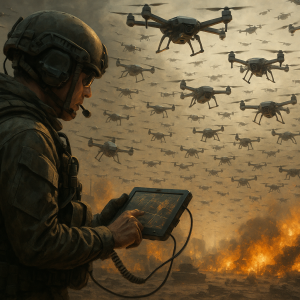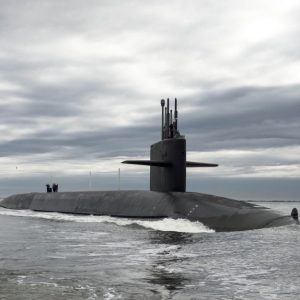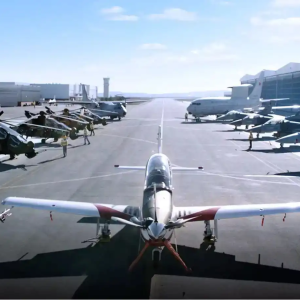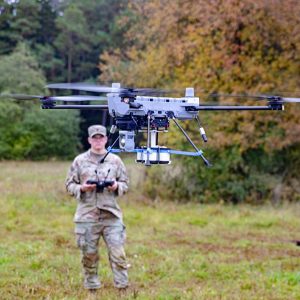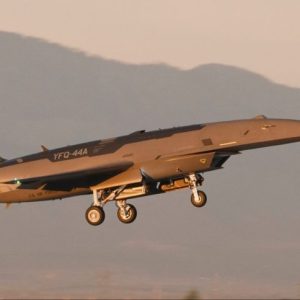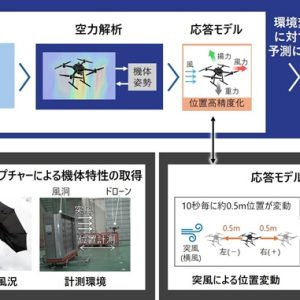Rethinking Undersea warfare has long been a critical component of naval strategies, with submarines playing a vital role in safeguarding the seas. However, recent advancements in technology have paved the way for a new era in undersea warfare – the rise of uncrewed underwater vehicles (UUVs). In this article, we will explore the growing significance of UUVs in modern naval operations and how they are reshaping the landscape of undersea warfare.
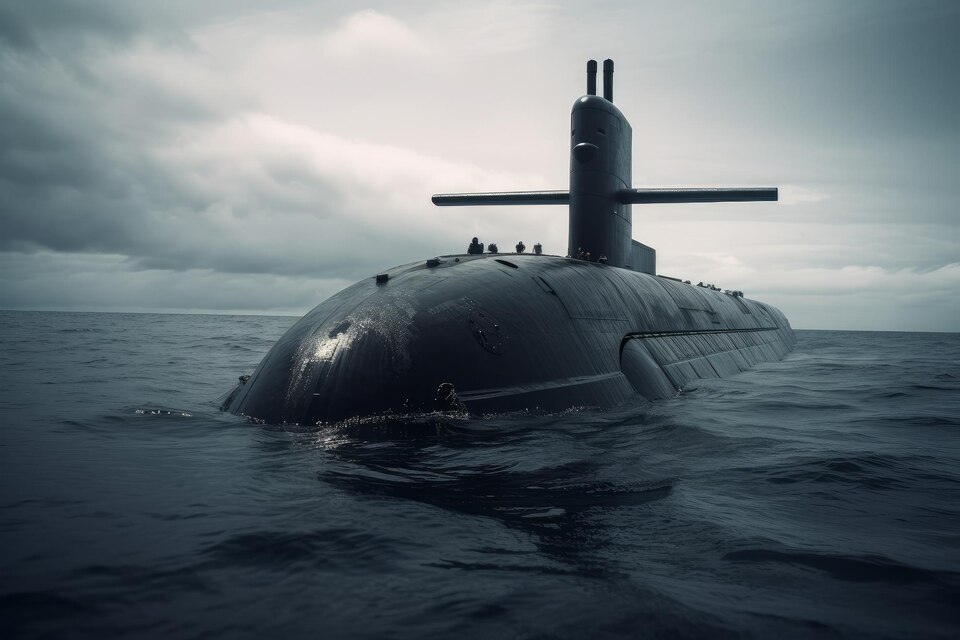
Understanding Uncrewed Underwater Vehicles (UUVs)
Uncrewed Underwater Vehicles, commonly known as UUVs, are autonomous or remotely operated vehicles designed to operate underwater without any human presence on board. These sophisticated machines come in various forms, including autonomous underwater vehicles (AUVs) and remotely operated underwater vehicles (ROVs). UUVs are equipped with cutting-edge technologies, such as sonar, cameras, and sensors, enabling them to perform a wide range of tasks, including reconnaissance, surveillance, and data collection.
The Benefits of Uncrewed Underwater Systems
One of the primary advantages of UUVs is their enhanced safety compared to crewed submarines. By eliminating human presence in dangerous undersea environments, the risk to human lives is significantly reduced. Additionally, UUVs can operate for extended periods, much longer than manned vehicles, making them ideal for long-duration missions and data-gathering tasks.
Furthermore, UUVs are proving to be highly cost-effective. The absence of crew quarters and life support systems allows for more space to be dedicated to equipment and sensors, increasing their operational efficiency and reducing overall costs.
Current Trends in Uncrewed Undersea Warfare
Several nations and private organizations have been investing heavily in the development of UUV technology. Innovations in propulsion, communication, and artificial intelligence have transformed UUVs into formidable assets for naval forces worldwide. These systems are increasingly being integrated into the operations of submarines and surface ships, expanding their capabilities and scope.
Challenges and Limitations
Despite their many advantages, UUVs also face challenges and limitations. One critical aspect is communication and connectivity. Underwater environments pose significant obstacles for transmitting data and controlling UUVs remotely. Efforts are ongoing to enhance communication protocols and develop underwater communication networks to address this limitation.
Another challenge is related to autonomy and decision-making. UUVs must operate independently for extended periods, requiring sophisticated artificial intelligence to handle complex scenarios and adapt to changing conditions.
Rethinking Undersea Warfare Strategies
To fully leverage the potential of UUVs, navies are rethinking their undersea warfare strategies. Artificial intelligence plays a crucial role in enabling UUVs to navigate and make decisions autonomously, enhancing their ability to carry out missions efficiently. Additionally, the concept of swarm tactics, where multiple UUVs collaborate and communicate as a cohesive unit, is gaining traction as an effective approach to accomplish various missions.
The Future of Undersea Warfare
The future of undersea warfare is undeniably tied to the integration and advancement of UUV technology. In the years to come, UUVs are expected to play a more prominent role in naval operations, working alongside manned submarines to create a formidable force. These versatile machines can be deployed in a wide range of scenarios, from intelligence gathering to underwater surveillance and mine countermeasures.
Conclusion
Uncrewed underwater vehicles represent a significant shift in undersea warfare, offering enhanced safety, extended mission durations, and cost-effectiveness. As UUV technology continues to evolve, it will become pivotal in shaping the future of naval operations. By integrating artificial intelligence and exploring swarm tactics, navies can unlock the full potential of UUVs and usher in a new era of undersea dominance.
FAQs:
What are Uncrewed Underwater Vehicles (UUVs)?
- Uncrewed Underwater Vehicles are autonomous or remotely operated vehicles designed to operate underwater without a human presence on board. They are used for various tasks, including reconnaissance and data collection.
How do UUVs benefit undersea warfare?
- UUVs enhance safety, enable extended mission durations, and offer cost-effectiveness compared to crewed submarines.
What are the challenges faced by UUVs?
- UUVs face challenges in communication and connectivity underwater, as well as in developing advanced artificial intelligence for autonomous decision-making.
How are UUVs integrated into naval operations?
- UUVs are integrated into submarines and surface ships, expanding their capabilities and scope in undersea warfare.
What is the future of undersea warfare with UUVs?
- The future of undersea warfare involves the increased use of UUVs alongside manned submarines, leveraging artificial intelligence and swarm tactics for effective operations.

